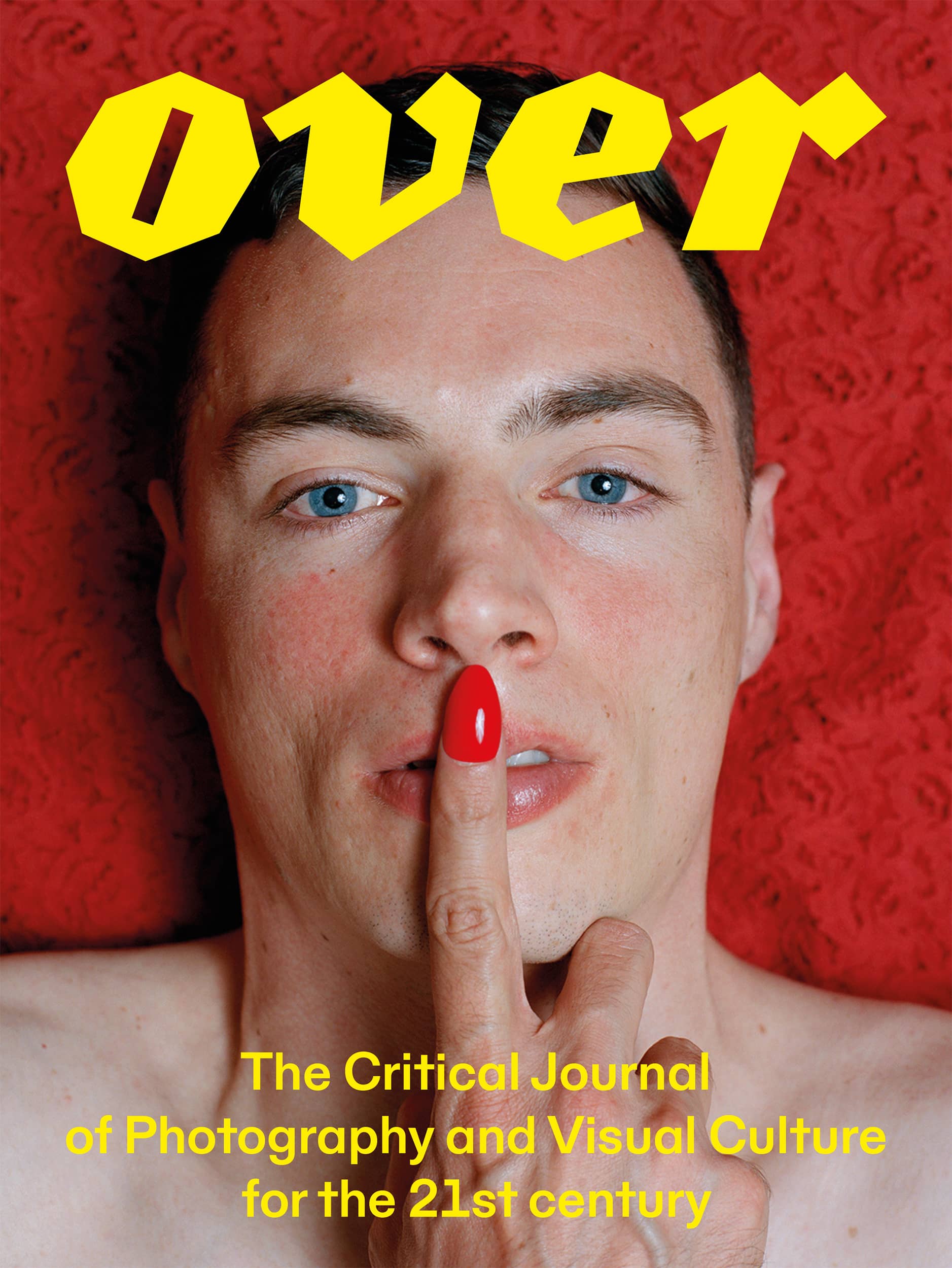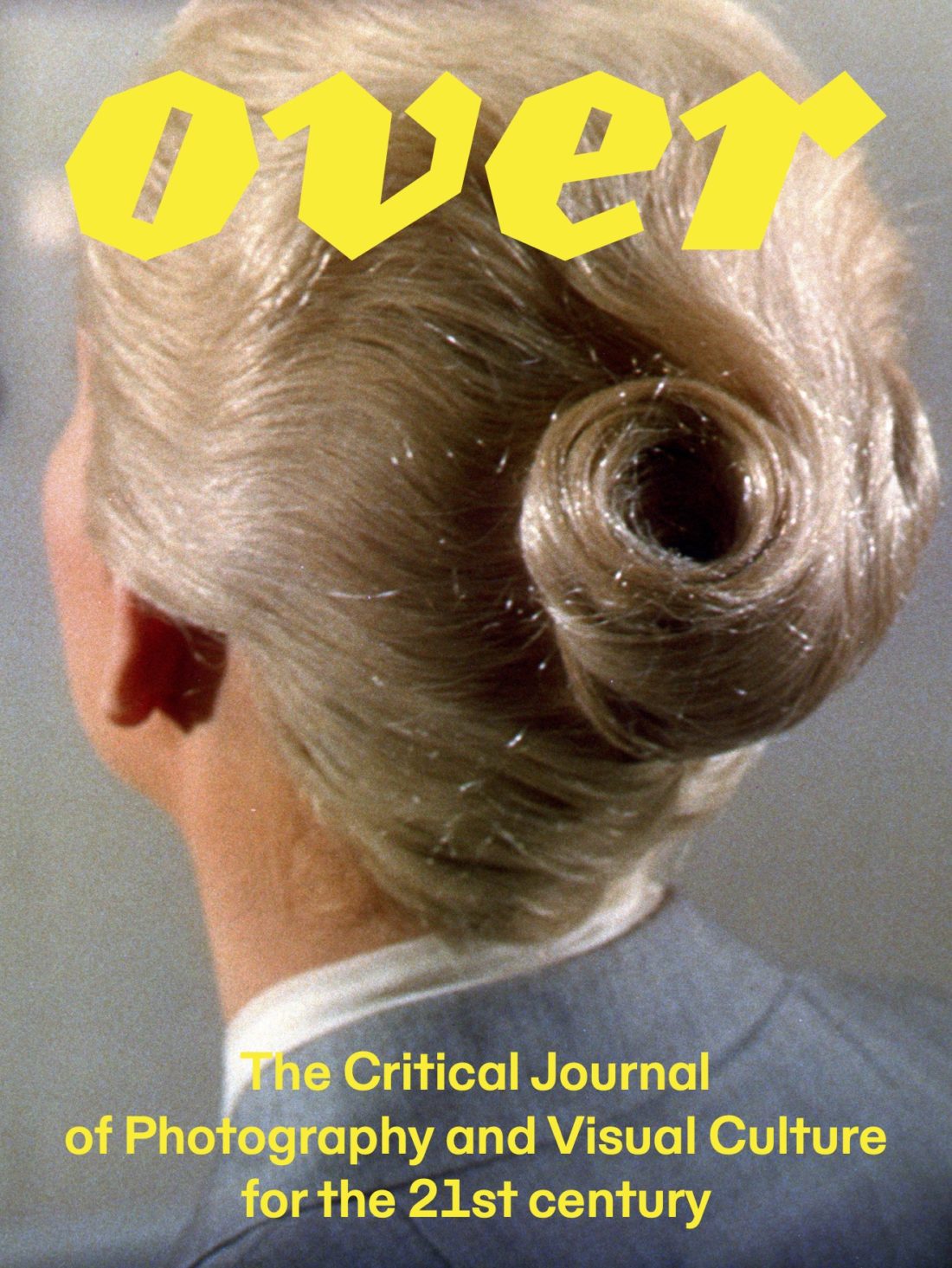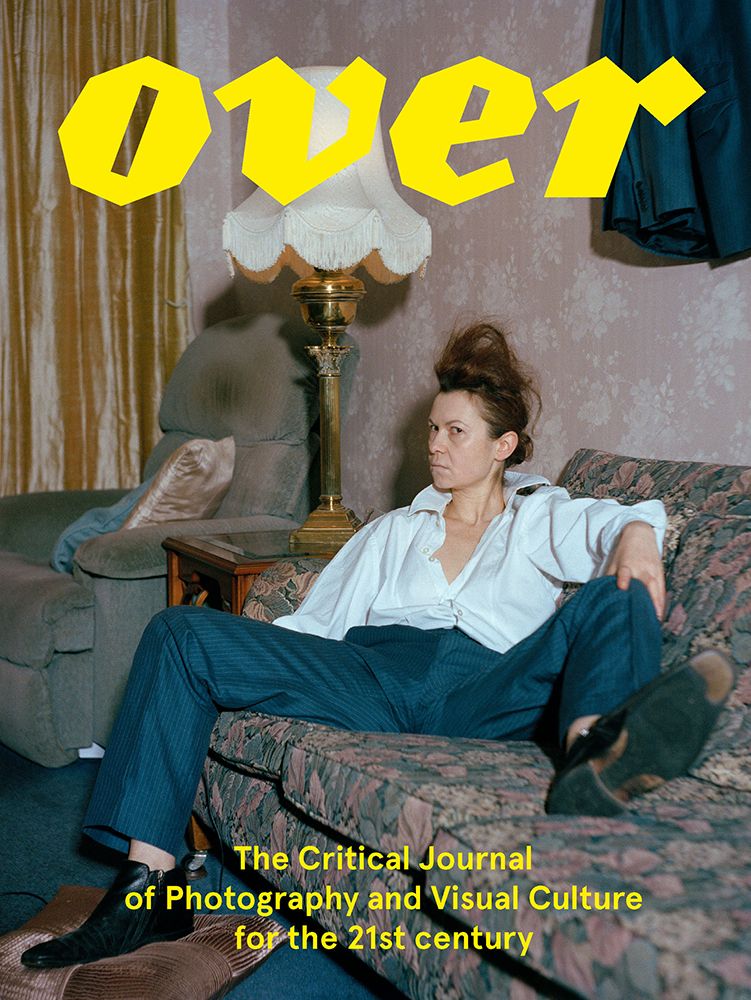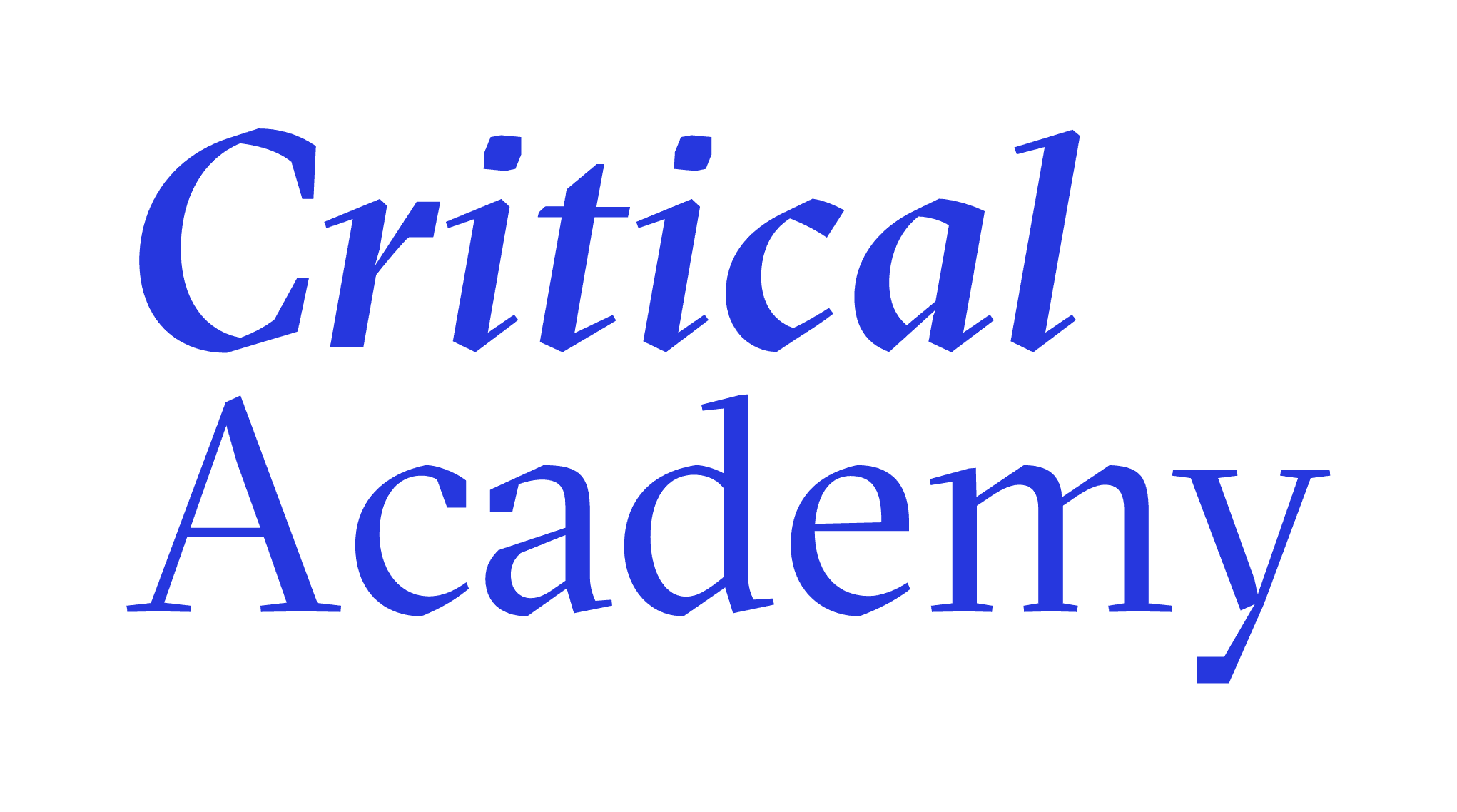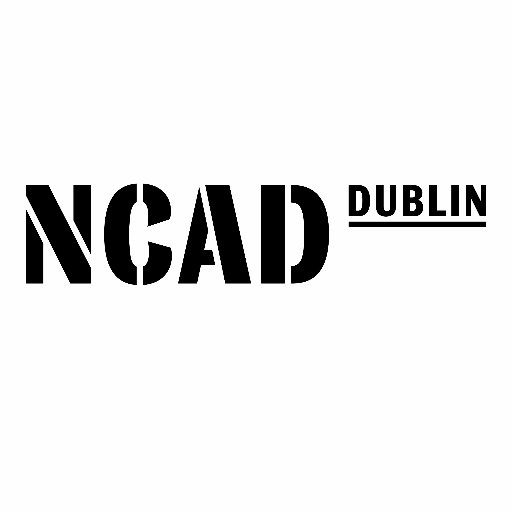
History
Many of the most successful Irish artists, designers, and art teachers have studied or taught in the College and it has long been central to art and design education in Ireland. Our graduates include leading contemporary artists Shane Berkery, Genieve Figgis, and R.H. Quaytman; celebrated illustrator Gordon Brewster, television presenter Jennifer Buckley, Gerard Byrne, artist who represented Ireland at the 52nd Venice Biennale; stained glass artist Harry Clarke; painter Phoebe Donovan; early modernist artist and designer Beatrice Elvery; C18th portrait painter Hugh Douglas Hamilton; C20th realist painter Sean Keating, a narrator of modern Irish history; fashion designer and businesswoman Orla Kiely; stained glass artist Richard King; musician Dónal Lunny; Irish-American painter Flora Mitchell, modernist painter Evin Nolan; leading figure in Irish art William Orpen; artist and republican Grace Plunkett; Expressionist painter Nano Reid; fashion designer Simone Rocha; writer, editor, critic, poet and painter George William Russell; performance artist Anne Seagrave; botanical artist Lydia Shackleton, footwear designer Eileen Shields; artist and political activist Estella Solomons, artist and Bauhaus student Stella Steyn; designer and broadcaster Ciaran Sweeney; writer, artist and Soho bohemian Patrick Swift; London milliner Philip Treacy; C18th history painter Henry Tresham; and leading figure in the Irish literary revival of the late C19th, William Butler Yeats.
The origins of the College date from 1746, when a private drawing school was taken over and run by the Dublin Society. Throughout the 18th Century there were three schools covering figure drawing, landscape, ornamental drawing, and architecture drawing. A school of modelling was added in 1811 and from 1854 the institution was controlled by the Department of Science and Art, London. In 1877 it was renamed the Dublin Metropolitan School of Art and the Department of Education in the new Irish State took control in 1924. Twelve years later it became the National College of Art and in 1971 the National College of Art and Design was established by an Act of the Oireachtas. The College is governed by a board (An Bord) appointed by the Minister for Education and Skills.
The early 1970s were a turbulent time in the history of the college when students pressed to make the college more accessible and more relevant to the needs of Irish society. Many of the reforms were acheived when the college underwent a significant restructuring n the mid 1970s. Lucy Sherry writes ‘We can be thankful for the students and staff of 1971 who reframed an institution that has contributed to the revitalisation of the Irish arts scene over the years. Irish art is a fledgling field of enquiry – its youth have created both challenges and opportunities for its practitioners.’
From 1975 NCAD pioneered undergraduate art and design degrees, including BA and BA Joint Honours Degree. Postgraduate research degrees have been offered since the late 1980’s. In 1996 NCAD became a Recognised College of the National University of Ireland and remains the sole provider of art and design education with in the university sector.
In 1998 the College opened a new wing, the School of Design for Industry and now houses all of its activities on the Thomas Street campus in the centre of Dublin. Since 2005 PhD Research has been undertaken together with post-doctoral research. NCAD’s primary degree awards are Level 8 on the National Framework of Qualifications, but offers courses from Level 6 to Level 10.
NCAD’s Library houses NIVAL, the National Visual Arts Library, supported by the Arts Council of Ireland, which is a unique resource on the Island for research in art and design, containing papers, documents, and archives of Irish artists, designers, and organisations.
NCAD has over 1,300 full time students and a further 700 students who take award and non-award bearing part-time classes. The College has four Schools, Design, Education, Fine Art, and Visual Culture. In 2013 the curriculum was consolidated into an integrated three year undergraduate programme and a two year postgraduate degree (3+2) with the option to continue to PhD study (+3).
Artists and designers of international repute teach or give special lectures in the College. Exchange programmes with colleges and universities in Europe and the United States now take place annually and individual staff members are linked to numerous professional organisations at home and abroad. NCAD is a member of the Europe League of Institutes of the Arts.
NCAD has regularly reinvented itself – and the current process of change is typical of that developmental momentum reflecting change in the sector and society – in order to meet the highest expectations of the Society and the State. 2

